Gellan Gum CAS 71010-52-1
Assay: 85-108%
Appearance: Off-white, odorless, free-flowing powder
Package: 25kg/drum
Capacity: 600MT/year
Sample: Available
发送询盘
Description
Gellan gum Quick Details
Chemical Name: Gellan gum
CAS No.: 71010-52-1
Appearance: Off-white, odorless, free-flowing powder
Assay: 85-108%
Typical Properties
Item
Standard
Characteristic
Off-white, odorless, free-flowing powder
Content
85-108%
Solubility
Soluble in water to form a viscous solution
Calcium ion test
Pass
Particle size
??95% pass 60 mesh
Loss in drying
??15.0%
Ph value
5.5-7.5
Residue of ethanol
??750mg/kg
Gel strength(0.5% solution)
??800g/cm2
High Acyl Gellan Gum Typical Properties
Tests
Units
Specifications
Color
?C
White
Organization Status
?C
Powder
Gellan Gum Content
%
85.0-108.0
Particle size
%
60 mesh??95
Losson drying
%
??15.0
Ash
%
??15.0
pH 0.5% Solution
?C
5.0-7.0
Gel strength
g/cm2
??600
Viscosity
cp
??5000
Lead
ppm
??2.0
Bacterium account
CFU/g
??10000
Coliform group
MPN/100g
??30
Mould and yeast
CFU/g
??400
Salmonella
?C
0/25g
Gellan gum Usage
The main role of gellan gum is as gel, thickener, suspending agent, or forming filmin food. It can be used in combination with other colloids, such as xanthan gum, gelatin, and sophora bean gum. The greatest advantage of gellan gum is that it can ensure that the colloid is very clear. So far, gelatin has been used in baking products, dairy products, fruit juice, milk drinks, sugar coatings, frosting, jam, meat products, and various desserts.
1. dairy products: gellan gum can be used in dairy products. When the gellan gum is heated to 75 degrees, it can be directly hydrated in milk.
2. Candy: Its main function is to provide superior structure and texture for products, and shorten the time of starch soft gum colloid formation.
3. Biscuits: It can make biscuits have good layers, adjust the flavor of products, and make products have good porosity.
High Acyl Gellan Gum Packaging and Shipping
Net weight: 25kg/fiber drum, 25kg/bag
9MT/20 GP with pallets in 25kg drum packaging
12.5MT/20 GP with pallets in 25kg bag packaging
Delivery: Delivery within 3-5 days after receiving your payment
| 5 |
|
0 |
| 4 |
|
0 |
| 3 |
|
0 |
| 2 |
|
0 |
| 1 |
|
0 |
- 2
- 2-diallylpent-4-en-1-amine
- 4
- 95-16-9
- Ammonium sulfamate
- Benzothiazole
- cas:67889-00-3ح2
- cas:83524-75-8 | pigment black 32
- cas:928836-00-4 | 2
- cas:932745-70-5 | 4
- Chemical Minerals
- Coconut diethanolamide
- Daily Chemicals
- discount
- for sale
- General pvc resin
- hexyl D-glucoside
- in stock
- Lauramidopropyl betaine
- LAURIC ACID MONOETHANOLAMIDE
- Petroleum Additives
- Plasticiser
- Ploymers
- price
- PVC
- quotation
- Raw Materal
- Remove term: Petroleum Additives Petroleum Additive
- SODIUM ETHYL 2-SULFOLAURATE
Related Products
Chemical Name: COPPER (II) GLUCONATE, MIN. 98
CAS No.: 13005-35-1
Molecular Fomula: C12H22CuO14
Molecular weight: 453.84068
Chemical Name: D-PANTOTHENIC ACID
CAS No.: 79-83-4
Molecular Formula: C9H17NO5
Molecular Weight: 219.24
Appearance: Colorless or Light Yellow Oily Liquid
Product name:Cyclopentane
Purity:96%
Appearance:White powder
Package:25kg/bag
Sample:Available
Chemical Name: Choline salicylate
CAS No.: 2016-36-6
Molecular Formula: C12H19NO4
Molecular Weight: 241.28
Appearance: Red-Brown Crystal
Chemical Name: Polyglycerol Fatty Acid Ester
Synonyms: Decaglyceryl Dipalmitate
CAS No.: 67784-82-1
Molecular Fomula: C3H8O3
Molecular weight:432.642
Appearance:?White to yellow powder, solid, mucus
Assay: 99.9%
Citric acid is a white, crystalline, weak organic acid present in most plants and many animals as an intermediate in cellular respiration. Citric acid contains three carboxyl groups making it a carboxylic, more specifically a tricarboxylic, acid.the name citrus originates from the Greek kedromelon meaning apple of melon for the fruit citron. Greek works mention kitron, kitrion, or kitreos for citron fruit, which is an oblong fruit several inches long from the scrublike tree Citrus medica. Lemons and limes have high citric acid content, which may account for up to 8% of the fruit’s dry weight.
Hydrogenated lecithin is light yellow or milky white powder. Due to the use of catalysis and hydrogenation processes, the unsaturated chains of unsaturated fatty acids in the molecular structure of soybean lecithin disappear, thereby greatly improving the chemical stability, dispersibility, and emulsification of lecithin. It has decolorization and deodorization effects, which is more conducive to storage and preservation, and improves its role in medicine, high-end cosmetics, and light industry. It is especially suitable for intravenous fat emulsifiers and nutrients. It is used as a blood lipid emulsifier to prevent arteriosclerosis, and has the advantages of being easy to digest, easy to absorb, and almost not remaining in the internal organs.
Chemical Name: Potassium Castorate
CAS No.: 8013-05-6
Molecular Formula: C57H107K3O12
Molecular Weight: 1101.74718
Appearance: Yellow Liquid
Chemical Name: Imazalil Sulfate
CAS No.: 58594-72-2
Molecular Formula: C14H14Cl2N2O.H2SO4
Molecular Weight: 395.26
Appearance: Solid
Chemical Name: delta-Cyclodextrin
CAS No.: 85220-53-7
Molecular Formula: C54H90O45
Molecular Weight: 1459.27
Appearance: White powder
Microcrystalline cellulose is a purified, partially depolymerized cellulose that occurs as a white, odorless, tasteless, crystalline powder composed of porous particles. It is commercially available in different particle sizes and moisture grades that have different properties and applications.
Microcrystalline cellulose and carboxymethylcellulose sodium occurs as a white or off-white odorless and tasteless hygroscopic powder containing 5?C22% sodium carboxymethylcellulose. It is a water-dispersible organic hydrocolloid.
Chemical Name: Hydroxypropyl starch
Synonyms: Starch 2-hydroxypropyl ether; Hydroxypropyl starch ether; 2-Hydroxypropyl starch
Cas No.: 9049-76-7
Molecular Fomula: C24H42O21
Molecular Weight: 666.57768
Appearance:?White Powder

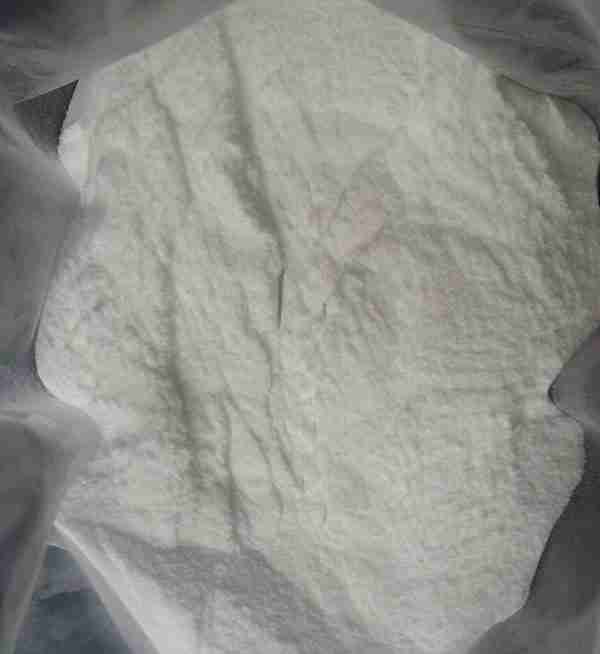
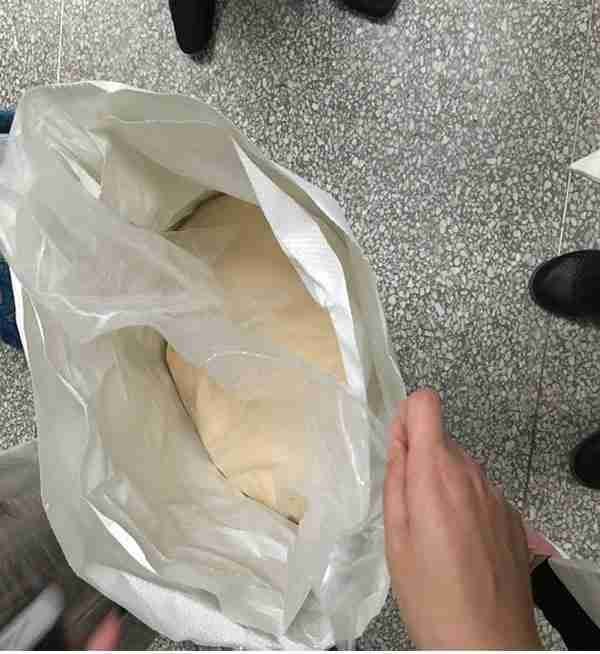
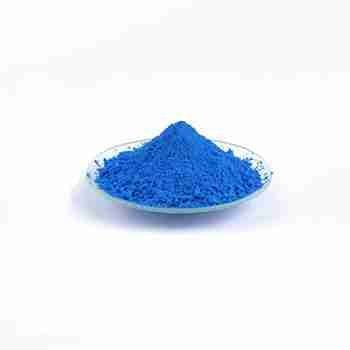
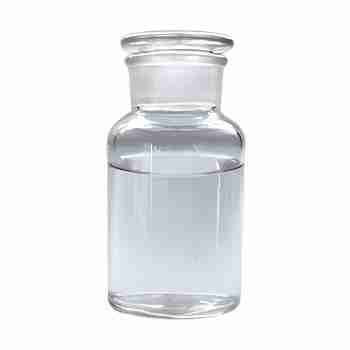


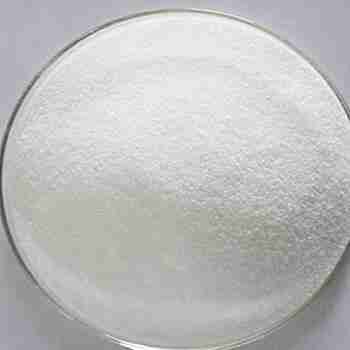
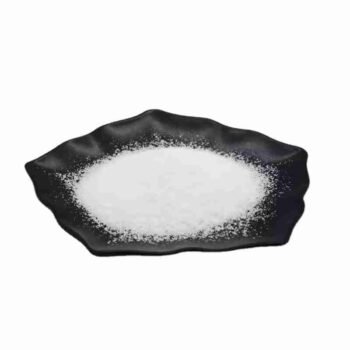
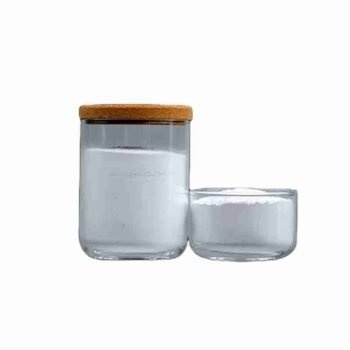


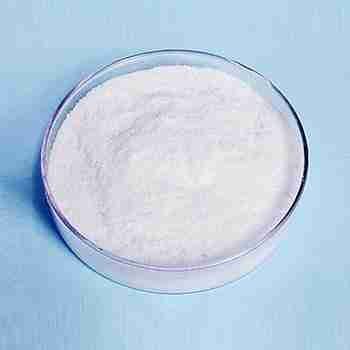

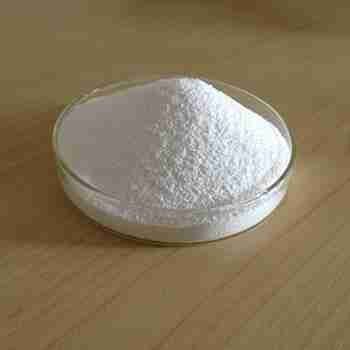



Reviews
There are no reviews yet.